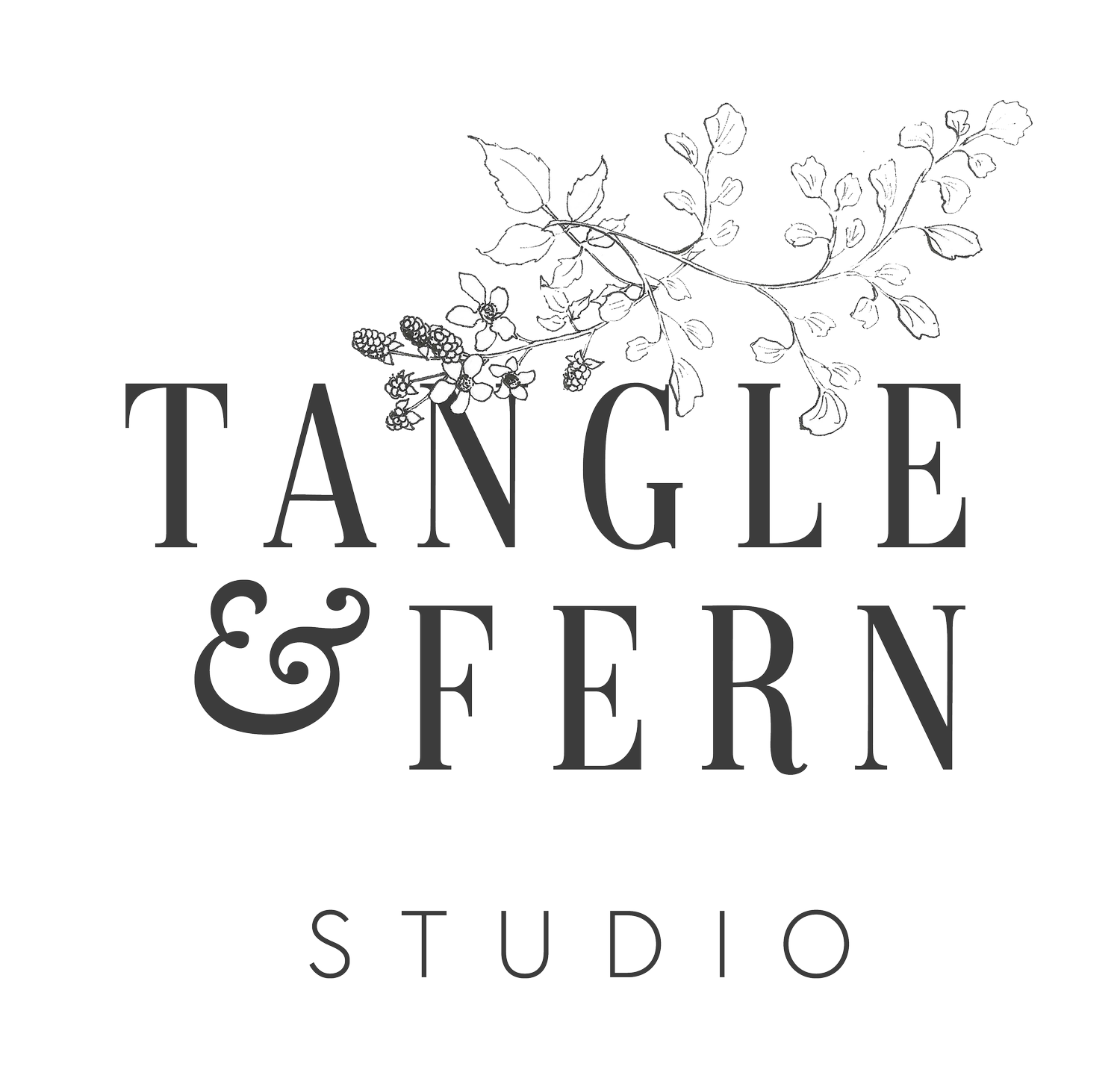Where to find them
It’s all well and good to have identified and honed our ideal audience. We’ve gotten to know them pretty well by now, but that’s not a lot of use to us if we don’t know where to find them! That’s what this activity is all about.
Use the list of “interests” that you noted down in the activity on Context as a prompt to help you think about where you might find your people.
The questions on pages 19 and 20 in your workbook will help you be quite specific about this. To whit:
What social media platform(s) do they use? What groups or hashtag feeds?
What books and magazines do they read (Look for the mags/authors online and who follows them)
What conferences or gatherings do they attend?
Where do they go for information? Blogs? Online forums? Online courses? Community resources? Encyclopaedias?
Where do they like to shop? Bricks and mortar shops? Farmers’ and makers’ markets? Online marketplaces like Etsy?
What sorts of places do they go to, to eat? Home cooking? Take-out? Fine dining? Cafes? Food courts? Dinner parties with friends?
Where do they hang out on Instagram?
The last two questions in this section of your workbook are a little different. To answer these questions, I want you to continue the social research you started at the beginning of this week.
First, look on Instagram and identify other feeds or individuals who do something similar to you. Note down 10 people who follow and comment on their feeds.
Next, look for content that is similar to yours. This is a bit different to the question above because, let’s say you are a portrait artist (so, in the question above, you look for other portrait artists). But you don’t only post pictures of your art: sometimes you post pictures of your dog, your breakfast, and your art supplies. This time, you’ll look for other content that features portraits, dogs, breakfast, and art supplies. Now note down 10 people who follow and comment on those kinds of posts.
That’s all you need to do for this activity right now. But you can use the users you note down here to prompt the work you do in the social listening tracking sheets I shared at on the lesson “home” page.
Tip 1: Continuing the case study
Do you remember the case study I shared in the lesson on Context? After the four steps I shared with you that I used to identify my ideal audience, I then used the questions on this page to help me figure out where to find them.
I started by making lists of magazines in all these topics, putting those that crossed over a few of the interests at the top. (For example, gardening magazines were on my list, but gardening magazines that also had sustainability focuses, or involved growing your own food, seemed more likely to attract “my people” than magazines featuring the landscaping of the rich and famous).
Similarly, I made lists of blogs, social media feeds, shops (both chains, specific high streets, and individual stores) they might like, places they might go to eat, and so on. I made an educated guess that some members of my audience might be parents or grandparents, so I brought that into the mix, looking for the kinds of content that the people who are into all these things might look for as parents.
Tip 2: Every “interest” leads down the rabbit hole
Remember: for every individual “interest” you list for your audience members (and there could be many), this can lead you down the rabbit hole to all kinds of avenues that will flesh them out in your mind, and help you find them. For example, let’s say just one of the many interests you listed for your audience members was “horse riding”…
Maybe they read horse or country-life magazines
Maybe they frequent animal rights or horse rescue pages on Facebook
Maybe they’re members of horse-handing/training Groups
Maybe they shop in saddleries and country living stores
They probably either live in or frequently visit the countryside: maybe you’ll find them in country pubs, and little tea-houses
Use the “explore” function on Instagram to search up feeds that are populated by all kinds of horse-related content. Now look at the people who use those hashtags - what else do they follow and post about?

